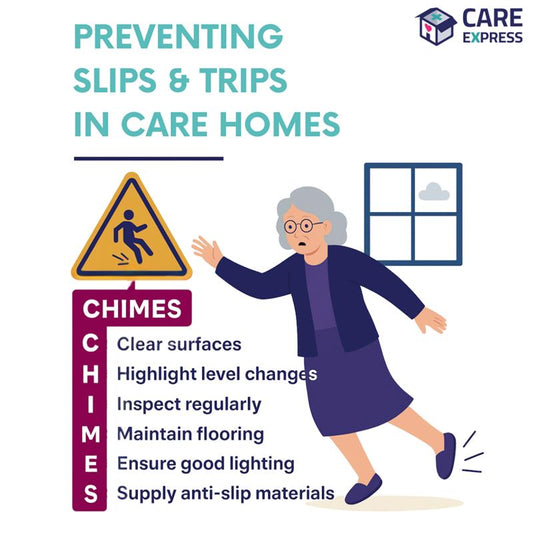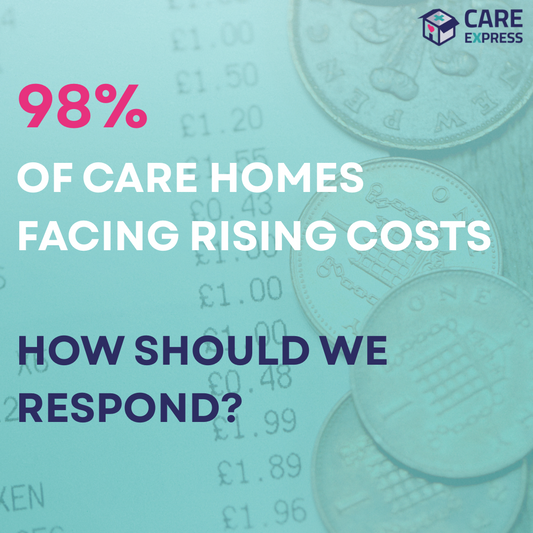The Growing Shortage of Nurses and Carers in Private Care Homes: Impact on Costs and Staff Turnover
The private care home market plays a crucial role in providing high-quality care to the elderly and individuals with various medical needs. However, this sector faces an ongoing challenge: a shortage of nurses and carers. The consequences of this shortage are far-reaching and have a direct impact on the cost of care and staff turnover. In this article, we will look into the reasons behind this shortage and its effects on the industry.
The Nursing and Carer Shortage
The shortage of nurses and carers in private care homes is a multifaceted problem. Several key factors contribute to this issue:
- Aging Population: As the global population continues to age, the demand for long-term care services is on the rise. This increased demand places immense pressure on care facilities to hire and retain qualified staff.
- Lack of Qualified Professionals: The healthcare industry, as a whole, is grappling with a shortage of qualified nursing and caregiving professionals. The stringent educational requirements and demanding nature of the job can discourage potential candidates from entering the field.
- High Turnover Rates: Private care homes often face high staff turnover rates due to the emotionally and physically demanding nature of the work. This high turnover rate compounds the staffing problem, as it becomes a constant struggle to find and train new staff.
Impact on Costs
The shortage of nurses and carers directly affects the cost of care in private care homes in several ways:
- Higher Wages: To attract and retain qualified staff, care homes are forced to offer higher wages and benefits. These increased labour costs are eventually passed on to residents and their families in the form of higher fees.
- Agency Staff: When private care homes are unable to fill their staffing needs with full-time employees, they often rely on agency workers. These temporary staff members typically demand higher pay rates than regular employees, further driving up operational costs.
- Overtime Costs: Short-staffed facilities often require existing employees to work longer hours and pick up additional shifts. Overtime pay adds to the overall labour cost for care homes.
Impact on Staff Turnover
The shortage of nurses and carers also contributes to a cycle of high staff turnover in private care homes:
- Burnout: Overworked and understaffed caregivers are more likely to experience burnout and job dissatisfaction, leading to an increased likelihood of leaving their positions.
- Inadequate Care: A shortage of qualified staff can compromise the quality of care provided, which can be demoralising for those who remain in their roles.
- Disrupted Relationships: Residents often develop close relationships with the care staff in their homes. Frequent staff turnover disrupts these bonds, leading to emotional distress for residents and their families.
Solutions and Strategies
Addressing the shortage of nurses and carers in private care homes requires a comprehensive approach:
- Education and Training: Investing in the education and training of new caregivers and nurses is essential. This includes offering scholarships, apprenticeships, and programmes to help more individuals enter the field.
- Improved Working Conditions: Creating a supportive and positive work environment is crucial for staff retention. This can include fair compensation, manageable workloads, and opportunities for career advancement.
- Innovative Staffing Models: Care homes can explore creative staffing solutions, such as utilising technology to assist with certain tasks, sharing staff among multiple facilities, and forming partnerships with local educational institutions to secure a steady pipeline of qualified staff.
- Advocacy and Policy Change: Advocating for policy changes that support the caregiving workforce, such as increased funding for training programmes and improved working conditions, can help alleviate the shortage.









